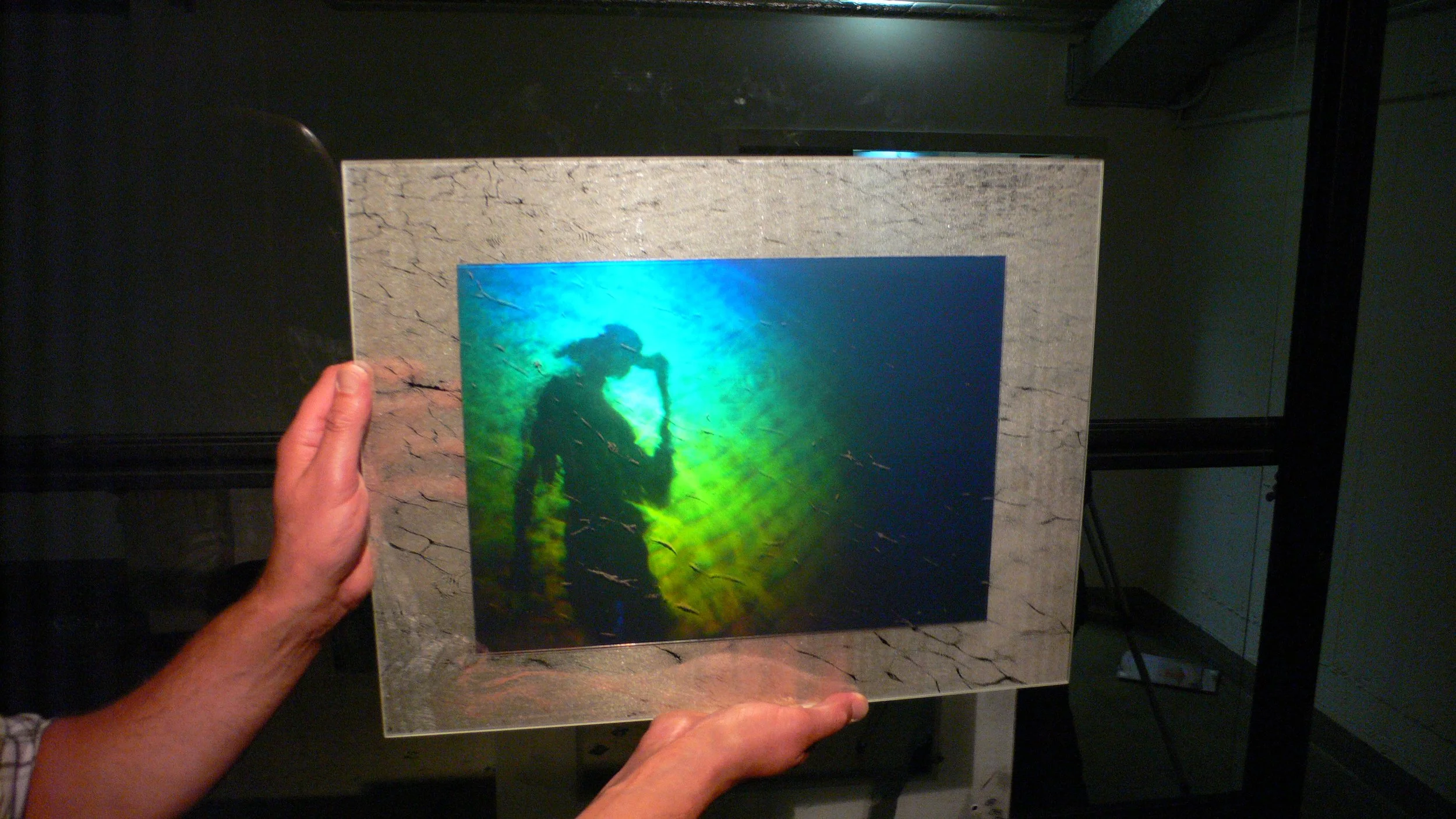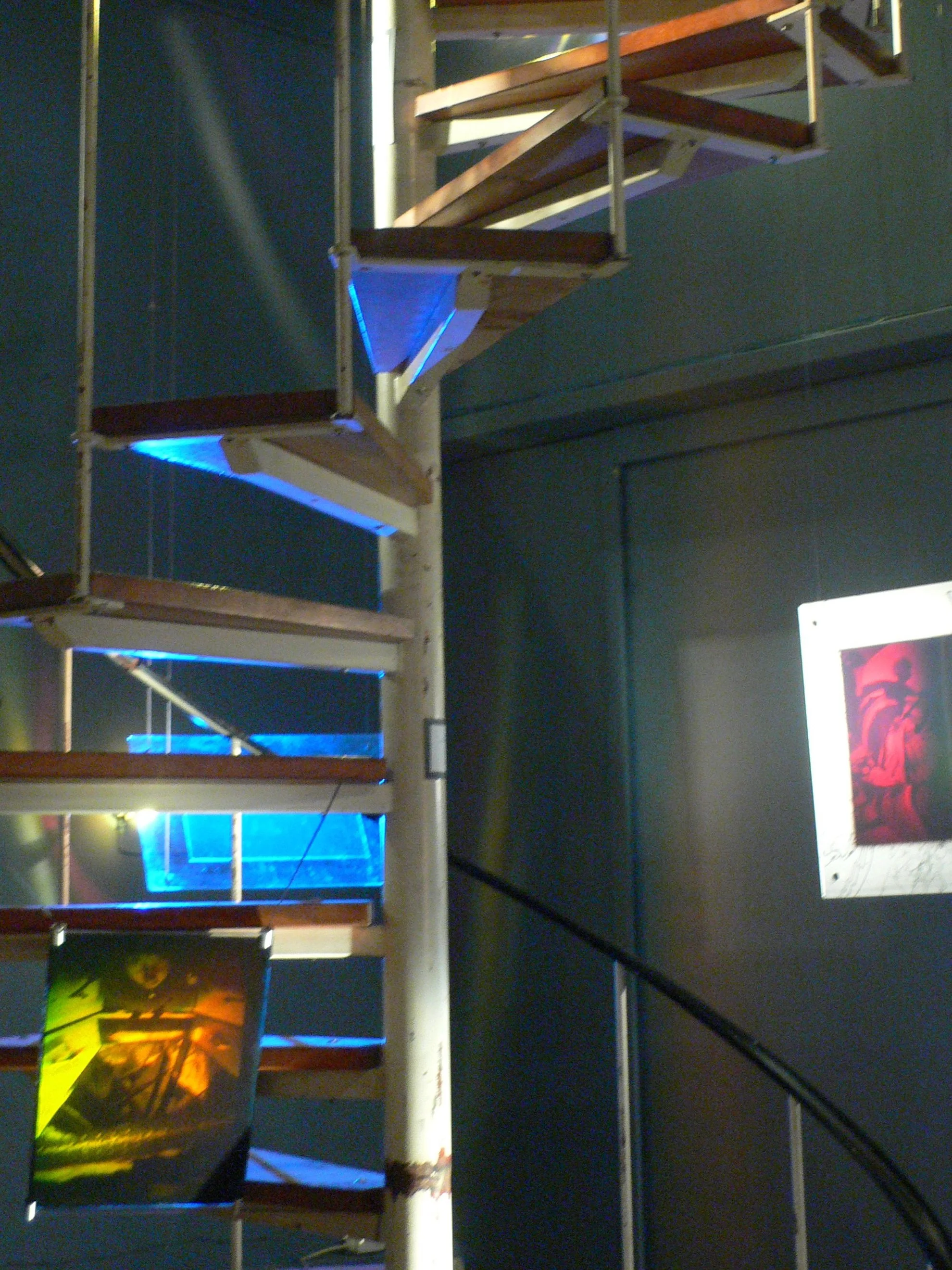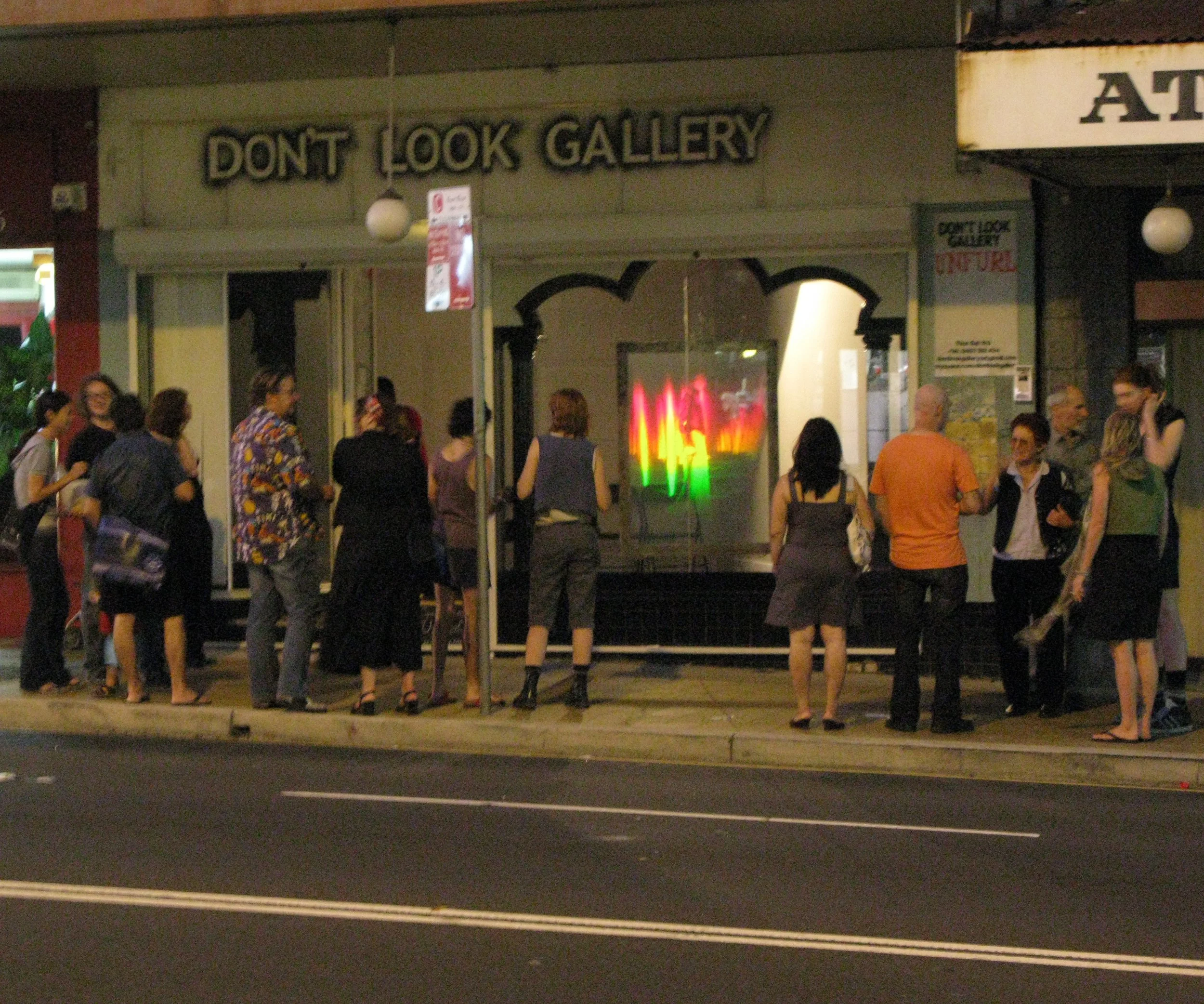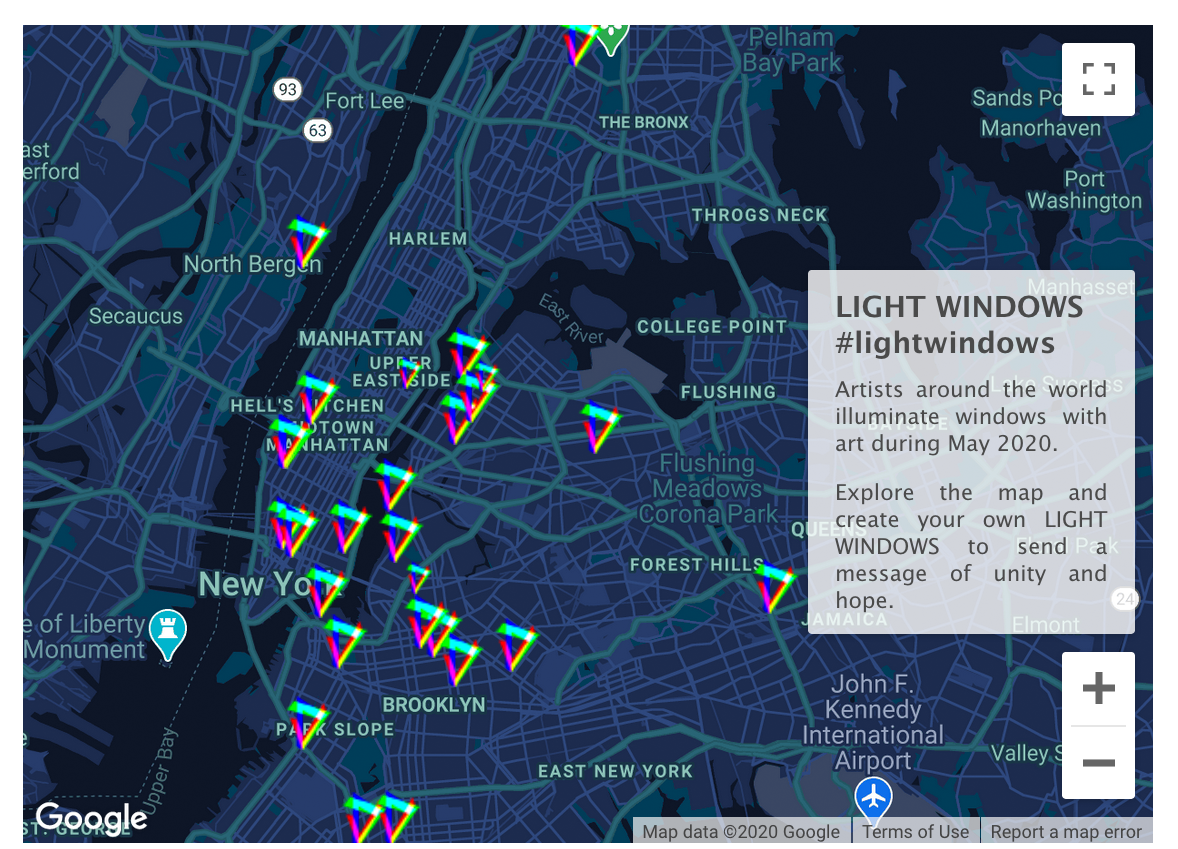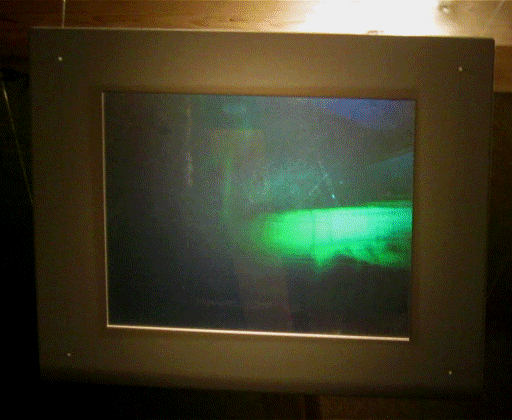ENFOLDED STRUCTURES
One of the intriguing, almost magical, aspects of holograms is that a point can hold an image and surface a space.
This ability to enfold and unfurl dimensions through holograms provides a framework for navigating multi-dimensional understandings.
To unpack how information is embedded into a hologram, let’s look at two more familiar phenomena:
A pinhole camera
Wave (or feild) interference
With the pinhole camera an image is formed by light passing through a point. Any point in space is seething with electo-magnetic information ‘light’ and we can record this with a camera.
With a hologram the surface acts like a camera array, enabling the traversing images of a range of perspectives to be recorded. To encode these perspectives the hologram requires a reference field.
With laser holography the image is recorded by splitting the coherent laser light, the reference beam setting up a field of light across the hologram. When the light from the scene meets the reference field it produces a pattern of intensity, as the coherent waves add together and cancel out.
This interference can be seen by throwing two rocks into a pond and watching the ripples.
To store the holographic information the recording substrate needs to be high enough resolution to capture the pattern of interference and undergoes a physical change so that when re-illuminated the light from the scene can be reconstructed.
[for more about this process https://holocenter.org/what-is-holography/image-recording]
Holographic imaging then offers us a tool for composing volumetric images into surfaces, that when illuminated reconstruct a scene. This embedding and unfolding is at the core of my practice – a process I utilise across projects and in the design of augmented environments.
PROCESS & RESEARCH
NAVIGATE TO THE OTHER
POETIC RESONANCE
A VIEW INTO THE STUDIO

